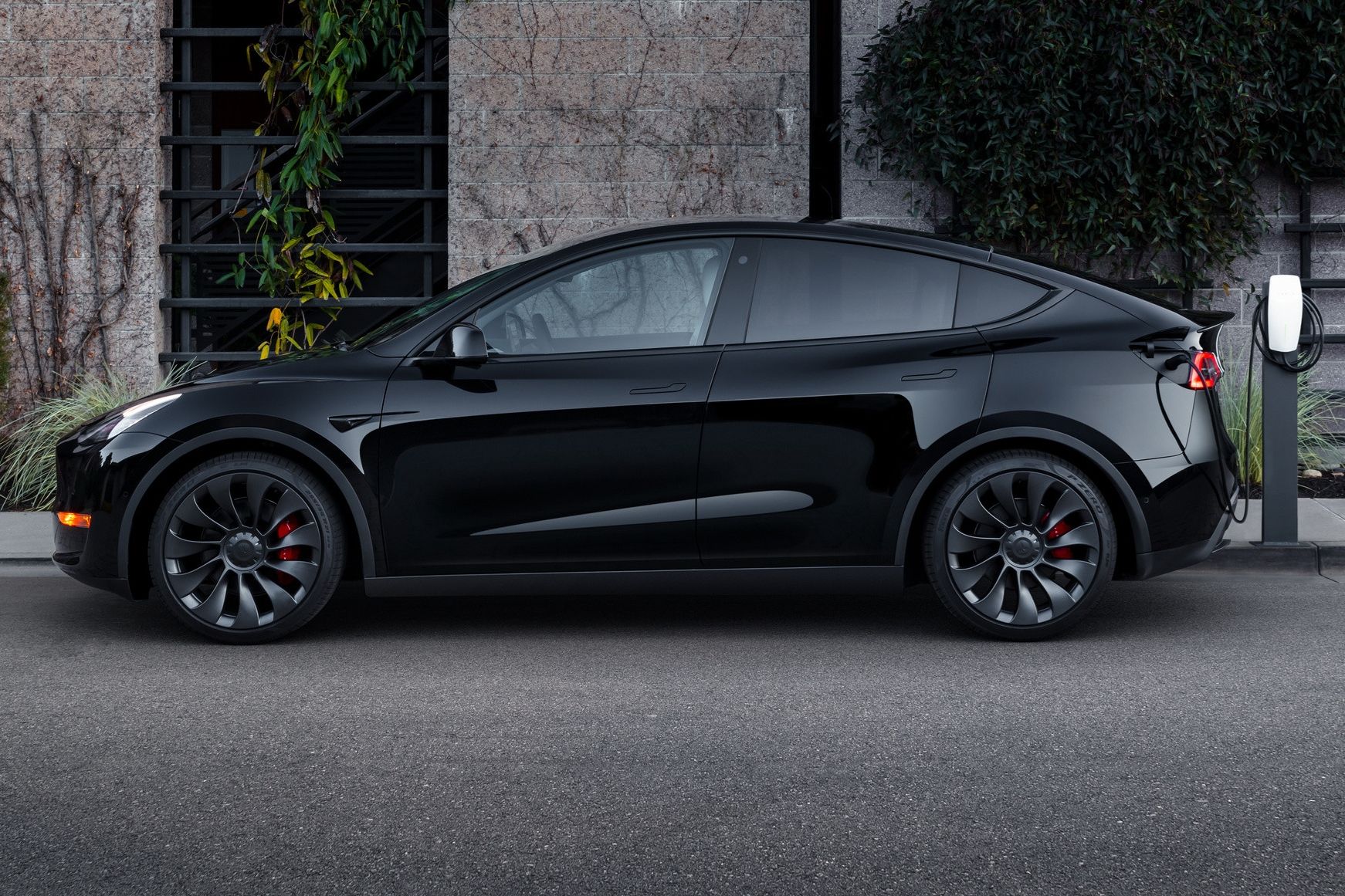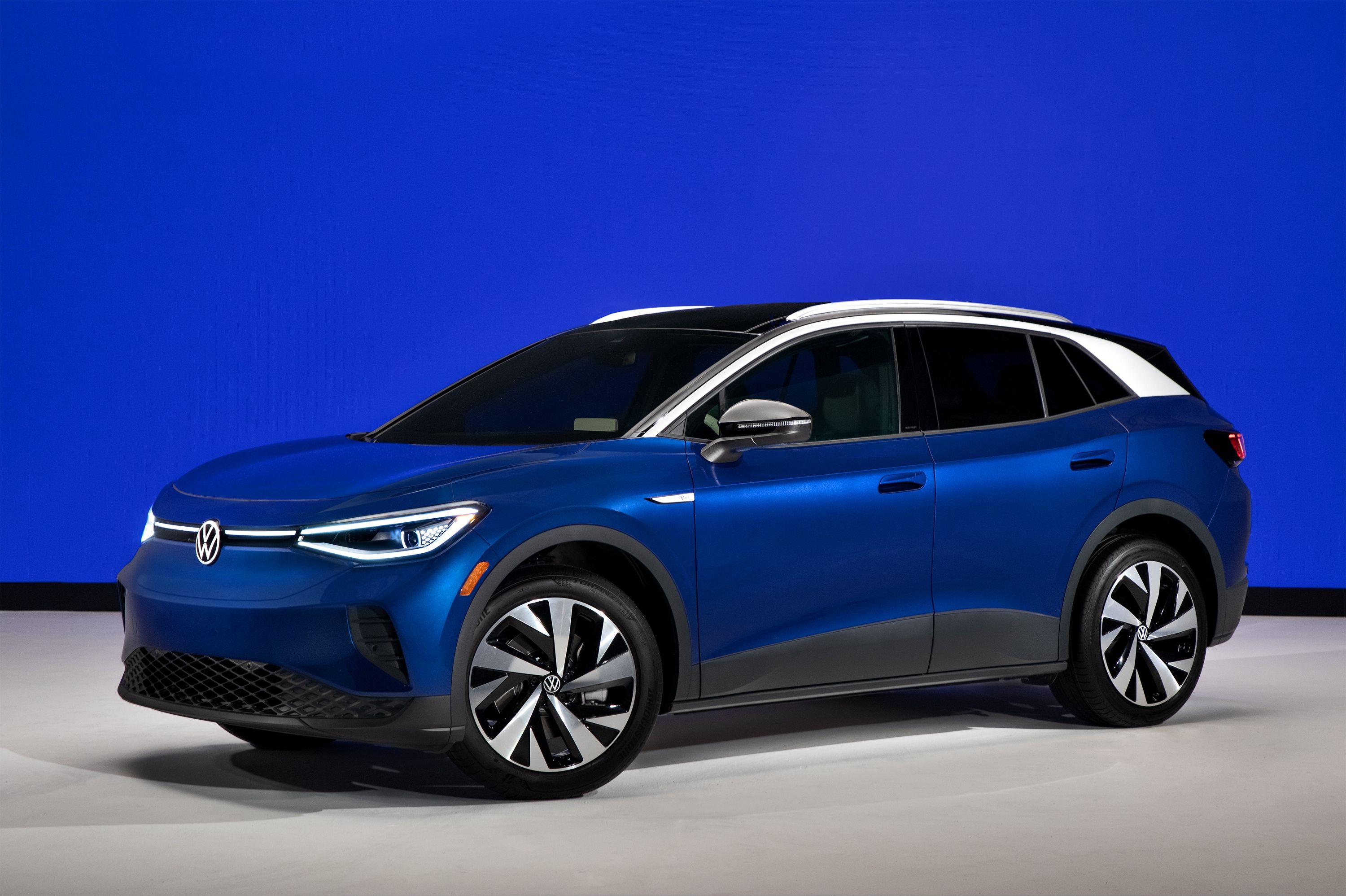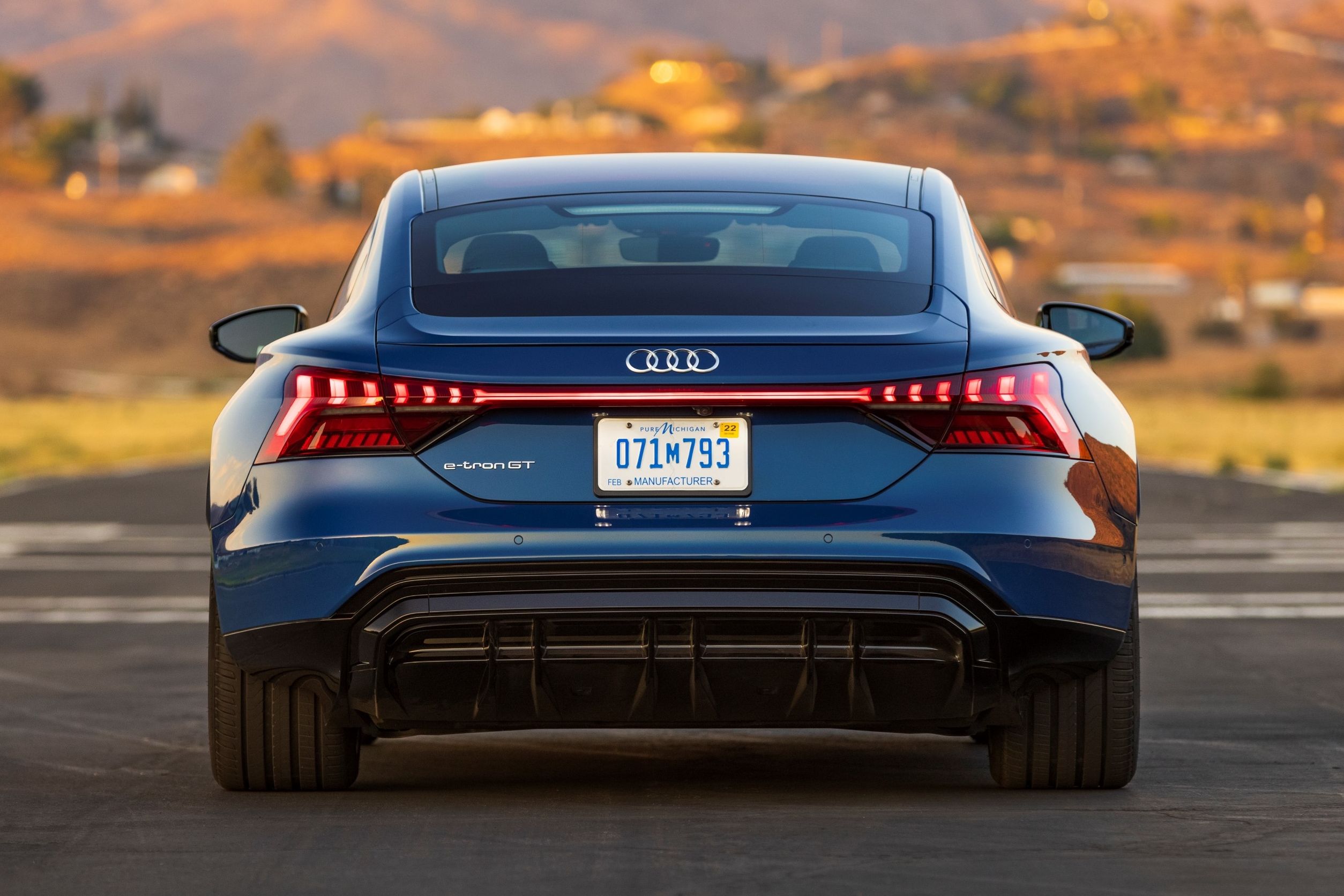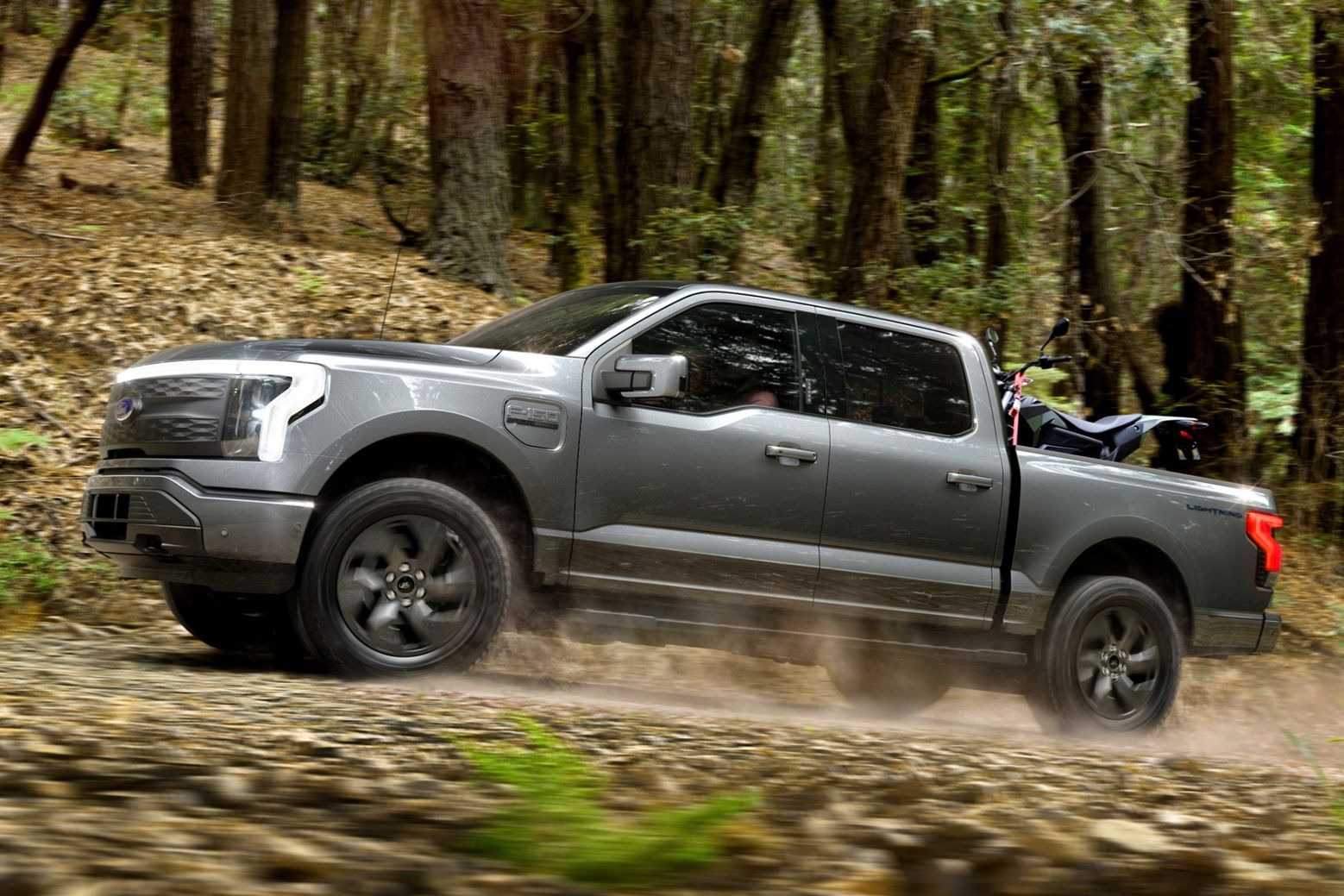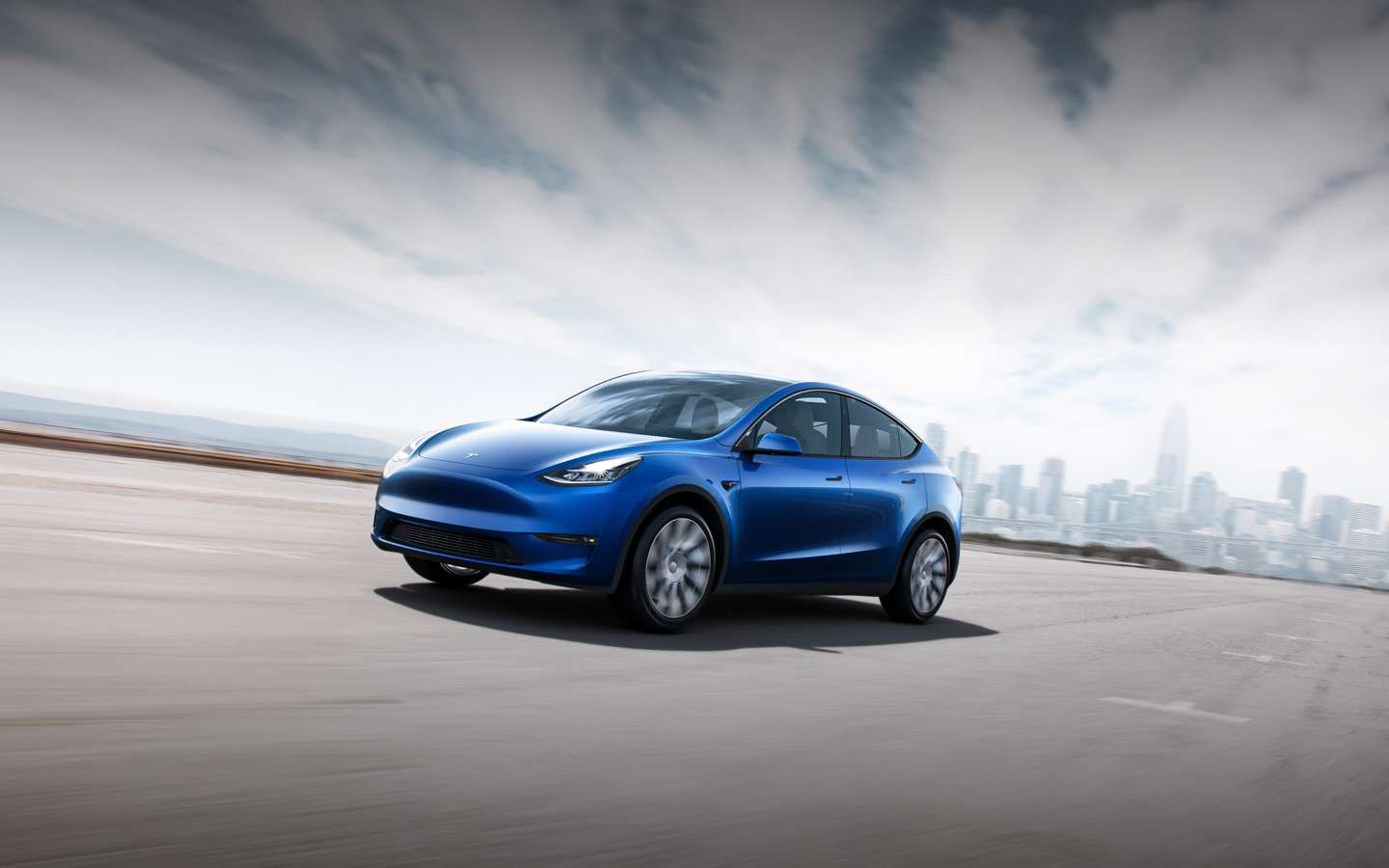
Just days after California passed legislation to ban the sale of ICE vehicles by 2035, the state pleaded with residents not to charge electric vehicles during peak hours. Many pointed out that this is just the beginning, and the risk of rolling blackouts will only get worse as EVs grow in popularity. But a new report from Business Insider says this is not so: the US grid is in no danger of being overwhelmed by battery-powered cars.
In fact, EVs have the potential to make the grid even stronger. As per the report, experts believe there will be a higher demand for energy, which will require different charging habits and a sturdier grid. But those fearing the worst shouldn't panic, as meticulous planning can assuage the risk of any power cuts.
Take California as an example. It may have more EVs than any other state, but these electric cars comprise just 0.4% of energy consumption during peak hours.
Based on the 2030 estimates, the 5.6 million electric vehicles in the state would only utilize 4% of peak loads. Besides that, there are other factors that mean we're still a while away from this. The average American holds onto their car for 12 years, meaning it will take some time for the nation to fully transition to EVs. Business Insider reports that The Rocky Mountain Institute (RMI) anticipates that energy demand in the US will grow by around 1-2% annually because of electric cars.
It may sound like a lot, but that's comparable to the increase seen in the 20th century as things such as air-conditioning and refrigeration became common. RMI's Chaz Teplin explained that "load growth is something that some utilities haven't had to deal with for a while, but it's generally well within the range of what utilities can plan and manage for." Teplin notes the bigger challenge is how to transition to renewable energy.
Eco-friendliness aside, electric vehicles are more flexible than similarly-powered machines or appliances. Where a refrigeration unit has to be plugged in all the time, an EV is only charged when the batteries require topping up. The rest of the time, the vehicle is either parked or driving. This means owners can charge their vehicles at a more prudent time. This could reduce demand on the grid during peak hours.
RMI notes the recent event in California only highlights this. EV drivers were asked to adjust their habits, and the state avoided blackouts. However, if motorists decide to charge when they want, a more robust grid will be needed in the future. Innovative technology like smart grids could negate the need for upgrades and even tell electric vehicles when to charge.
Of course, there's another future solution to all of this - and we're starting to see it already.
Vehicle-to-grid (V2G) technology will enable electric vehicles to return energy during peak hours and help alleviate some of the pressure placed on the grid. This tech will prove beneficial in times of need, such as a blackout. In fact, we've already seen what the Ford F-150 Lightning can do in an emergency. Following the tragic floods in Kentucky, a fleet of electric trucks was dispatched to the area to serve as mobile power stations.
An electrical engineering professor at Columbia University, Matthias Preindl, told BI that V2G technology is a key part of storing clean energy, such as solar and wind-generated electricity. "If all cars are electric, the amount of energy storage we have access to is huge," he added.
While many have their concerns, it seems charging your Tesla Model Y won't pose a threat to the American power grid. As noted, the bigger issue to overcome is that of green energy generation, which is still slow to advance.

